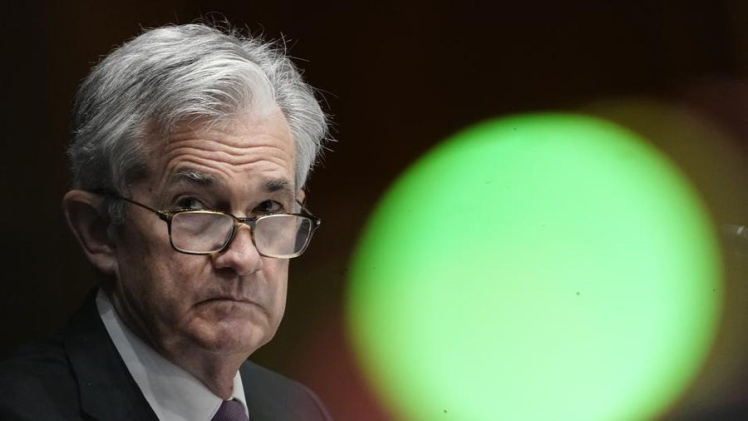While markets are expecting at least one interest rate hike from the Federal Open Market Committee at its December meeting, investors should look for other factors as well, like changes to the economic outlook and projections of future rates. In addition, the next meeting will give us a better idea of when the central bank will begin to unwind its massive portfolio of bonds. While markets have no doubt that the Fed will raise rates by a quarter-percentage point, or 25 basis points, the central bank prefers not to surprise the market.
Federal Open Market Committee
The Federal Open Market Committee is responsible for setting the federal funds rate. Its members include seven members of the Fed’s Board of Governors and the president of the Federal Reserve Bank of New York. On the dot plot for the next Fed meeting, seven members are looking for a hike in March 2023, while four members are expecting a hike in March 2022.
Many Fed watchers prefer to look at the median forecasts for inflation, unemployment, and GDP from the Fed’s Summary of Economic Projections. These projections represent the central policy path. However, the dots aren’t tied to the median forecasts because the projections are submitted by different Fed officials.
Market Reaction To FOMC Decision
The reaction to Wednesday’s Federal Reserve Open Market Committee decision was mixed. Stocks initially fell, but the dollar rose. The decision came amid mixed messages from Fed decision makers about the balance sheet and interest rates. The market’s immediate reaction was based on uncertainty about when is next fed meeting.
One explanation for the bearish reaction is a concern over weak global growth, which could push stock prices lower. The Fed’s goal is to fight off inflation, so it is concerned about the reaction in the market. A positive market, however, makes the mission of inflation harder to accomplish. In other words, the market is anticipating higher rates.
Another reason for concern about higher interest rates is the impact on the economy. Since most businesses borrow money to finance their operations, higher borrowing costs could hurt profits and make stocks less appealing. In the short term, market participants expect the federal funds rate to rise by 0.75%. However, it will take a few years before we can accurately forecast future rates.
Size Of Hike At December Meeting
The decision to raise rates at the December Fed meeting shows the central bank’s desire to curb high inflation. Traders were expecting a half-point hike, but the 75-basis-point hike surprised investors. Inflation accelerated unexpectedly in May, and other data showed central bank credibility is eroding.
The Fed has already raised rates twice this year, and most of its members expect to hike rates at least one more in December. However, there are worries that the central bank will stay too hawkish for long. The central bank’s hawkish stance is affecting financial markets, causing mortgage rates to rise and economic growth forecasts to fall. This could put the stock market through a prolonged period of pain.
Fed officials also discussed ways to move away from their current stance of easy monetary policy. One option is to start shrinking the $8.67 trillion balance sheet, which is another form of tightening monetary policy. That move could be a more appropriate course of action after the December hike. CIBC Securities’ Katherine Judge says the Fed may start to reduce its balance sheet at the end of this year.
More Words
Many market participants are assessing Powell’s statements based on his Q&A with the press. Powell has emphasized that monetary policy changes must be gradual, and that the risks of doing too much are greater than those of doing too little. However, there are some risks that his comments could be misconstrued.

